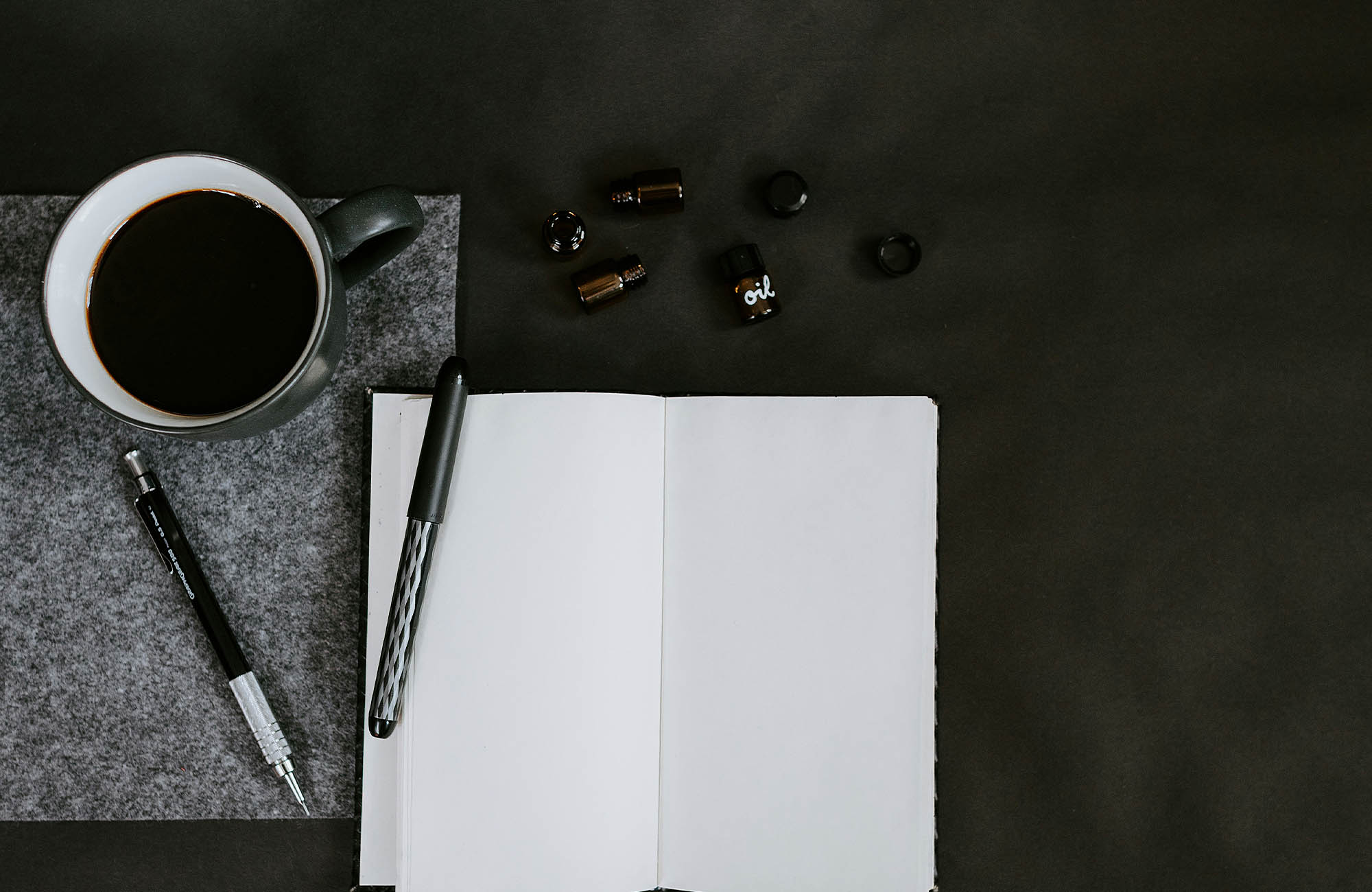
How to Write Catchy Hooks That Truly Stand Out
A memorable hook can make or break a song, and in rap, a strong hook can elevate your track, making it more likely to be replayed and remembered. Whether it’s a catchy melody, a clever lyric, or an unforgettable rhythm, crafting the perfect hook is a skill every rapper should master. Here’s how to write hooks that will grab attention and keep listeners coming back for more.
1. Keep It Simple and Memorable
Simplicity doesn’t mean sacrificing creativity—it’s about making the hook accessible. Think about the hooks that get stuck in your head after hearing a song just once. They tend to have a straightforward structure, with catchy phrasing that’s easy to repeat. Simplicity works because it’s digestible, allowing your audience to instantly connect with it.
For example, in Travis Scott’s “Goosebumps,” the hook repeats the phrase “I get those goosebumps every time,” allowing the listener to latch onto the emotion without overthinking the lyrics. The repetition of a single idea amplifies its impact.
Pro Tip: Try humming your hook without lyrics. If the melody sticks, you’ve likely hit on something catchy. If not, simplify the melody until it’s easy to remember.
2. Focus on Emotion and Relatability
Emotions drive human connections, and a strong emotional hook can turn casual listeners into loyal fans. Think about what resonates with your audience on a personal level. Is your song about struggle, love, triumph, or ambition? Tapping into shared experiences or universal feelings makes your hook relatable, drawing listeners into your story.
Consider the emotional power of DMX’s hook in “Party Up (Up In Here).” The frustration and aggression in the lyrics (“Y’all gon’ make me lose my mind, up in here”) resonate with anyone who’s ever felt pushed to their limit, creating an instant connection with the listener.
Pro Tip: Before writing your hook, ask yourself, “What feeling do I want my audience to have when they hear this?” Let that guide your lyric choices and delivery.
3. Create a Catchy Rhythm or Melody
Your hook’s rhythm or melody should stand out from the verses without feeling disjointed. Think of the hook as a climactic moment in your track—a place where the beat and lyrics come together to create something memorable. If you’re more focused on rhythm than melody, play around with different flows and cadences until you find something that feels unique yet complementary to the beat.
Take a look at Migos’ “Bad and Boujee,” where the hook’s catchy, laid-back delivery over a minimalist beat creates a signature rhythm that sets it apart from the rest of the track. The combination of clever pauses and varied cadence makes it hard to forget.
Pro Tip: Try recording multiple versions of your hook with different rhythms and tempos, even if they seem unconventional. You may stumble on a winning combination that brings the hook to life.
4. Repeat Key Phrases
Repetition isn’t just a musical trick—it’s a psychological one. Repeating a key phrase in your hook reinforces its significance and makes it more likely to stick in the listener’s memory. However, the balance is important; too much repetition can become monotonous, while too little might not leave a lasting impression.
Take the iconic “Started from the bottom, now we’re here” from Drake’s “Started From The Bottom.” It’s a simple, repeated line, but it encapsulates the entire message of the song while staying memorable because of its perfect placement and delivery.
Pro Tip: Consider using slight variations in each repetition. This can keep the listener engaged while reinforcing the main phrase. For example, change the tone or emphasis on the repeated words to give the hook more dynamic range.
5. Make It Match the Mood of the Beat
Matching your hook to the mood of the beat is critical for creating cohesion in your track. If your beat has a dark, brooding energy, a light or overly energetic hook can feel jarring. Instead, lean into the vibe the instrumental gives off, whether it’s reflective, aggressive, or upbeat.
For instance, Kendrick Lamar’s “HUMBLE.” aligns its aggressive, hard-hitting hook with the intensity of the beat, creating a unified, head-bobbing experience for the listener. The beat drives the hook, and the hook reflects the beat’s gritty energy.
Pro Tip: When choosing your hook, ask yourself: “How does this beat make me feel?” If your lyrics and delivery reflect that feeling, the song will feel more cohesive.
6. Use Contrast for Impact
Contrast can be your secret weapon to make your hook stand out. For example, if your verses are fast-paced with complex wordplay, slowing down the hook can create a powerful shift in dynamics. This contrast gives the listener a break from the verse’s intensity and makes the hook feel like a central highlight of the song.
In Drake’s “Nonstop,” the verses are fast, sharp, and word-heavy, but the hook switches to a slower, more deliberate flow. This contrast grabs attention and gives the song a fresh energy at just the right moment.
Pro Tip: When using contrast, experiment with different changes in pace, volume, or melody. Find what disrupts the listener’s expectations in a way that enhances the overall track.
7. Don’t Be Afraid to Experiment
Some of the most memorable hooks break traditional rules. Whether it’s unconventional phrasing, odd rhythms, or unexpected vocal effects, stepping outside the box can help your song stand out. The trick is to experiment without losing the essence of what makes a hook catchy.
Artists like Young Thug and Tyler, The Creator often defy convention with hooks that challenge typical song structure, using strange melodies or vocal inflections that set them apart. Their willingness to take risks results in some of the most creative hooks in modern rap.
Pro Tip: Don’t shy away from using unconventional sounds or effects in your hook, like distortion, vocal layers, or auto-tune. If it makes your hook more distinctive, it could be the element that sticks with listeners.
8. Use Call and Response Techniques
Call and response in a hook is a great way to interact with your audience. It invites participation, making the listener feel like part of the experience. This technique is particularly effective for live performances, where you can actively engage the crowd, but it works just as well in recordings.
In Fatman Scoop’s “Be Faithful,” the hook’s call-and-response dynamic drives the energy of the song. Phrases like “Put your hands up!” demand immediate audience interaction, ensuring the track becomes an anthem in clubs and concerts alike.
Pro Tip: When using call and response, make sure the “response” part is something simple that listeners can easily repeat, such as a word, sound, or short phrase.
9. Tailor Your Hook to the Song’s Theme
The hook should feel like a concise summary of your song’s theme. If your verses dive deep into a particular narrative or emotion, your hook should encapsulate that message in a way that’s digestible and catchy. This ensures that the hook not only sticks but also reinforces the main idea of your track.
For example, in Nas’s “If I Ruled the World,” the hook reinforces the song’s concept of dreaming of a better life. It’s simple, singable, and drives home the song’s theme of hope and aspiration.
Pro Tip: Think of your hook as the thesis of your song. What’s the main idea or feeling you want the audience to take away? Distill that into a few powerful words or phrases.
10. Pay Attention to the Hook’s Length
A hook that’s too short may fail to leave an impact, while one that’s too long risks dragging the song down. Finding the right length is crucial for balancing repetition with variation. Generally, 4 to 8 bars is ideal because it gives you enough space to repeat key phrases without overdoing it.
Jay-Z’s “Empire State of Mind” is a perfect example of a hook with ideal length. Alicia Keys’ vocals span 8 bars, providing enough space to fully express the theme of the song while keeping it concise enough to maintain the listener’s attention.
Pro Tip: Record your hook at different lengths (4 bars, 6 bars, 8 bars) and listen to how they affect the song’s flow. Sometimes trimming or extending by a bar or two can make a huge difference in how it hits.
11. Test Your Hook with Different Audiences
Before finalizing your hook, get feedback from others. You might be too close to the track to judge it objectively, and fresh ears can provide invaluable insight. Play the hook for fellow artists, friends, or even post snippets on social media for feedback. Pay attention to which versions get the most positive reactions.
Even in the professional world, artists and producers often test multiple hooks before settling on the final one. For example, many chart-topping songs undergo multiple versions before the hook is perfected for maximum impact.
Pro Tip: If possible, perform your song live before a crowd to see how they respond. Audience energy during the hook is a great indicator of how well it’s connecting.
Conclusion
A catchy hook is key to making your track stand out. By keeping it simple, relatable, and rhythmic, while also matching it to the beat and experimenting with contrast, you can create hooks that stick with your listeners. Whether you aim for emotional depth or playful energy, mastering the art of writing hooks will elevate your music and make your tracks more memorable.
Browse Beats & Instrumentals
Check out my extensive catalog of more than 500 custom-made beats and instrumentals, available for free download or licensing.


No Comments